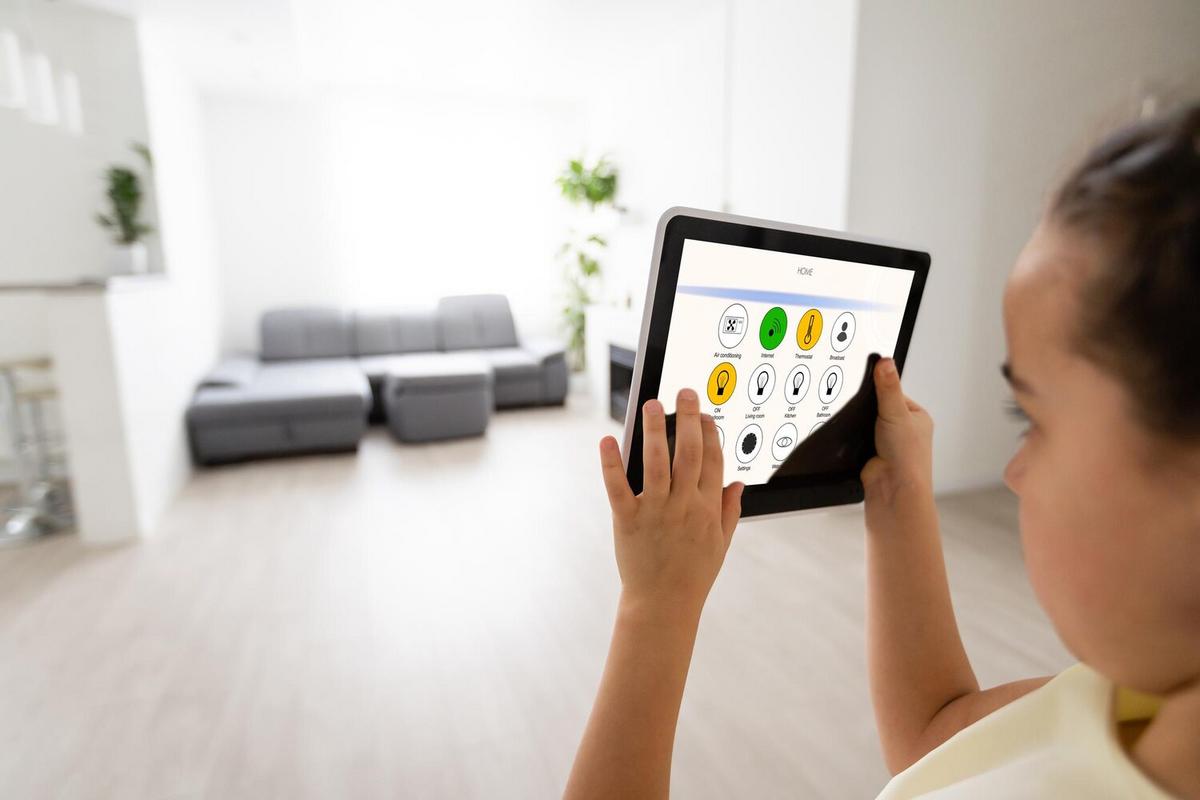
Top 10 Smart Home Gadgets to Boost Energy Efficiency in 2024
As we move further into 2024, the drive to enhance energy efficiency in our homes is more pressing than ever. Smart home gadgets are revolutionizing the way we manage energy consumption, offering both convenience and sustainability. In this article, we delve into ten outstanding smart home devices designed to improve energy efficiency, helping you reduce your carbon footprint and save on utility bills.
From thermostats to lighting systems, smart home technology has witnessed remarkable advancements, particularly in energy management. Let’s explore some of the most impactful gadgets you can incorporate into your home this year.
1. Smart Thermostats
Smart thermostats have become a staple in energy-efficient homes. According to a study by the American Council for an Energy-Efficient Economy, smart thermostats can save up to 10% on heating and cooling costs. These devices learn your schedule and adjust temperatures accordingly, ensuring optimal energy use.
2. Energy-Monitoring Plugs
Ever wondered which appliances consume the most energy? Energy-monitoring plugs provide insights into your energy usage, helping you identify energy-hungry devices. This awareness enables you to adjust usage patterns or replace inefficient appliances.
3. Smart Lighting Systems
LED lighting paired with smart controls can significantly reduce your energy bills. Smart lighting systems allow you to automate lighting schedules and control lights remotely, ensuring lights are only on when needed.
4. Smart Power Strips
Smart power strips automatically cut off power to devices that are in standby mode, eliminating “phantom” energy use. This simple addition can lead to noticeable savings over time.
5. Solar-Powered Outdoor Lights
Utilizing solar energy for outdoor lighting is both sustainable and cost-effective. These lights charge during the day and illuminate your garden or pathway at night without adding to your electricity bill.
6. Smart Blinds
Smart blinds can adjust automatically based on the time of day or sunlight levels, helping regulate room temperature and reduce heating and cooling costs.
7. Smart Water Heaters
By optimizing heating schedules and monitoring water usage, smart water heaters can improve energy efficiency and reduce water heating costs significantly.
8. Home Energy Management Systems
These systems provide a comprehensive overview of your home’s energy consumption, allowing you to track usage and identify areas for improvement. They often integrate with other smart devices for seamless energy management.
9. Smart Refrigerators
Modern smart refrigerators are designed to maintain optimal temperatures and notify you of energy consumption patterns, ensuring efficient food storage while conserving energy.
10. Smart Ceiling Fans
Smart ceiling fans adjust their speed based on room temperature and occupancy, promoting better air circulation and reducing dependency on HVAC systems.
| Device | Energy Saving Potential | Cost Range |
|---|---|---|
| Smart Thermostat | 10% | $100-$300 |
| Energy-Monitoring Plug | Varies | $20-$50 |
| Smart Lighting | 80% (LED) | $50-$200 |
| Smart Power Strip | 5%-10% | $20-$40 |
| Solar Outdoor Lights | 100% | $30-$100 |
| Smart Blinds | Varies | $200-$500 |
| Smart Water Heater | 10%-15% | $500-$1,500 |
| Home Energy Management | Varies | $300-$1,000 |
FAQs
What is the most effective smart gadget for saving energy?
Smart thermostats are often considered among the most effective due to their ability to learn and adjust to your schedule, significantly reducing HVAC energy use.
Can smart home devices work together?
Yes, many smart home devices can be integrated with a central hub or platform, allowing them to work together for enhanced energy efficiency.
Are energy-efficient gadgets expensive?
While initial costs can vary, many energy-efficient gadgets offer long-term savings that offset the initial investment.
By incorporating these smart home gadgets, you can enhance your home’s energy efficiency, reduce your environmental impact, and enjoy lower utility bills in 2024. As technology advances, keeping updated with the latest innovations can lead to even greater efficiencies and sustainability in the future.


